
Long-nosed snakes are generally considered difficult to keep and are notorious escape artists. Keep specimens singly for best results. The snake should be given a terrarium of about body length with a loose sand bottom about 2 inches deep and a piece of bark or slightly raised rockwork. Newspaper also works well as a substrate. Captives seldom burrow. Terrarium temperatures should stay near 80 degrees Fahrenheit, dropping slightly at night to no lower than 70 degrees. A small heat lamp can be used to raise the temperature to no higher than 90 degrees during the day. Higher temperatures are dangerous. Provide only a small bowl of clean water to prevent terrarium humidity from rising to high levels.
Long-nosed snakes feed mostly on lizards, accepting anoles, skinks, fence lizards and other easily available species. Place a freshly-killed or living lizard in the terrarium just before the lights are turned off at night. Many specimens of long-nosed snakes can be taught to take pinky to hopper mice. After a specimen is feeding on lizards and established in the terrarium, dead mice rubbed with a lizard to transfer the scent can be offered at night. Alternate lizards and mice for a few meals until you are sure the snake will accept mice on a regular basis, but keep a few lizards in the freezer for possible changes in diet demands by the snake. Vet your specimen to reduce the number of intestinal worms. If wild-caught lizards are fed on a regular basis, parasites will reestablish themselves, so yearly worming is recommended.
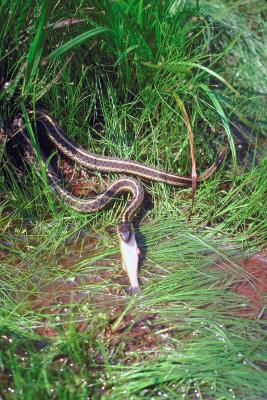 Common Snakes Found in a Virginia Pond
Common Snakes Found in a Virginia Pond
Common Snakes Found in a Virginia Pond
Common Snakes Found in a Virginia Pond
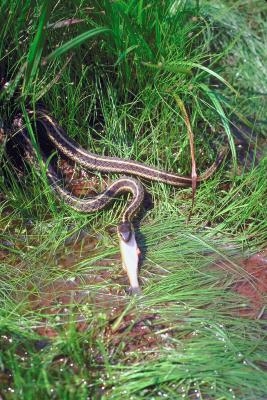 Types of Garter Snakes
Types of Garter Snakes
Types of Garter
Types of Garter Snakes
Types of Garter Snakes
Types of Garter
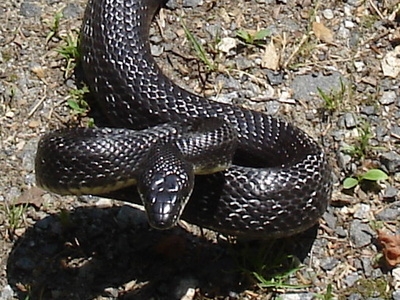 Black Snake Diet
Black Snake Diet
Black Snake Diet. Bla
Black Snake Diet
Black Snake Diet
Black Snake Diet. Bla
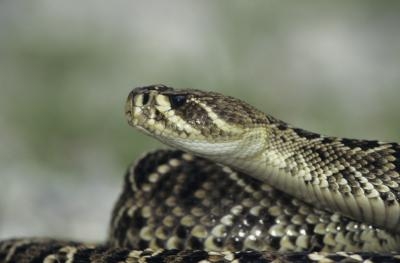 Snakes That Are Brown With Markings Like Diamonds
Snakes That Are Brown With Markings Like Diamo
Snakes That Are Brown With Markings Like Diamonds
Snakes That Are Brown With Markings Like Diamo
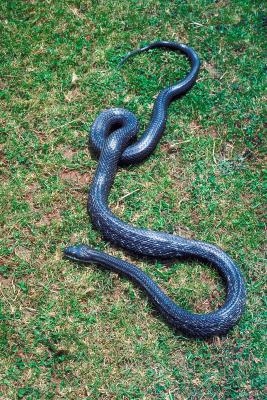 Indigenous Snakes of the Eastern Shore of Maryland
Indigenous Snakes of the Eastern Shore of Mary
Indigenous Snakes of the Eastern Shore of Maryland
Indigenous Snakes of the Eastern Shore of Mary
Copyright © 2005-2016 Pet Information All Rights Reserved
Contact us: www162date@outlook.com